Internet – a spontaneous and anarchic thing. After asking the same question in different places, you can get 15 different answers, 50 different offenses and 4 lifetime bans. And some of the answers is impossible to find – you need to ask the right questions and not everyone can do it. In the newly created category «RN FAQ» I will answer questions that the average user faces often, but does not think about it. I will also explain old themes, updating them as much as possible with the progress of technology. And the first topic that I will analyze – gaming mice!
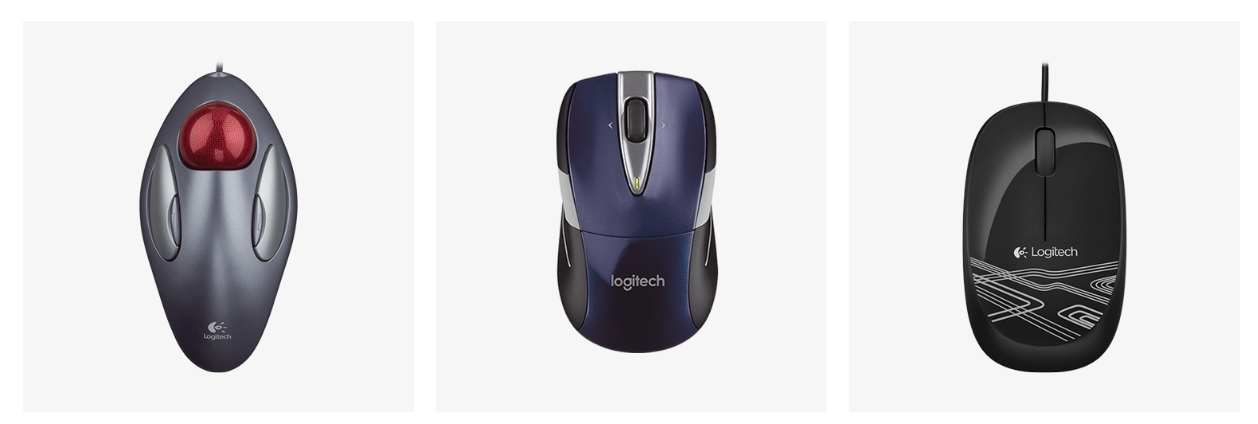
What is the difference between gaming mouse and simple computer mouse?
Purpose will help to answer this question. ESports has recently been recognized as an official sport in almost all over the world, but before that it existed for many years, so now it has firm and unshakable foundation – as well as requirements. Cyber sportsmans must have lightning-fast response, ability to react to the situation in seconds, and the players in the team – strong supporting skills and synergy with their teammates.

As a professional tool, a good gaming mouse have to be:
- reliable in terms of switches, cable, cover the top and bottom, wheel, lights, even connectors to connect to the game station!
- qualitatively collected, without backlash, with the best components of the most convenient materials
- simple to set up, great in software as well as hardware
- and finally, ideal for the player’s hand, wether he is left-handed or right-handed, as well as the most suitable for a particular game genre
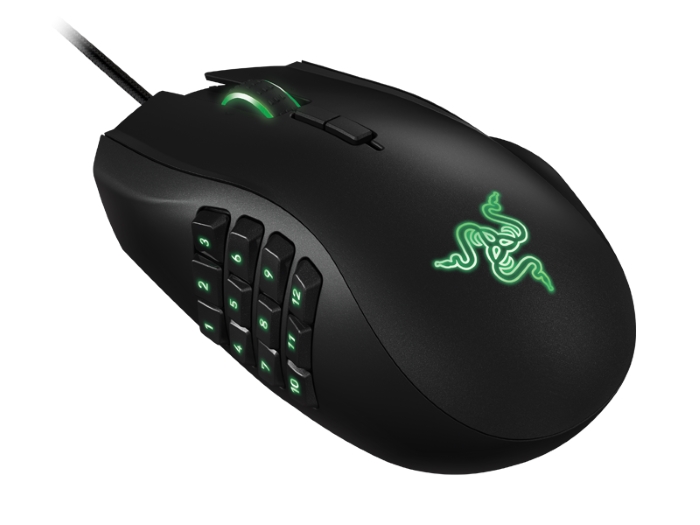
Accordingly, the gaming mice are divided into a thousand different subclasses – wired/wireless, for the MMO/shooter/MOBA, for left-handed/right-handed/ambidexters, modular/monolithic, backlit/with LED-displays/indicators. Just as a skilled painter knows that any softness of graphite in pencil is needed for different types of lines, an experienced player picks up the device for one purpose. But when you make the wrong choice, be ready to get rekt!
It’s important to remember that nowadays a good gaming mouse won’t set you back hundreds of dollars, check out these budget mice to choose the right one for you.

However, if you go on the contrary, the regular (office) mouse will be much easier, made less qualitatively, it will have not more than four buttons, including the wheel, cover is not always comfortable, the cable will fray, sensitivity (about which I will talk separately) will be constant and small. The only advantage of the office mouse is price. At the cost of a good eSports mouse you can buy mice for entire office.
All of these points are obvious. I am also interested in the things that a lot of people are taking for granted, because to understand it kind of impossible. For example:
Why there is a CPU in gaming mice?
Microprocessors are cheap now so they are placed everywhere, for no particular need. The cost will increase slightly, but the marketing soar upwards – our product called *there could be your advertising* has CPU inside! It’s almost like a computer! And for just $9.99!
Imagine my surprise when I began to search the topic. Information on this issue in the CIS is almost there, but heading obliges to find, and I decided to continue the search. As it turned out, the first ARM processor was installed in the iconic mouse SteelSeries Sensei back in 2011, and since then, a rare premium category product has no such CPU.
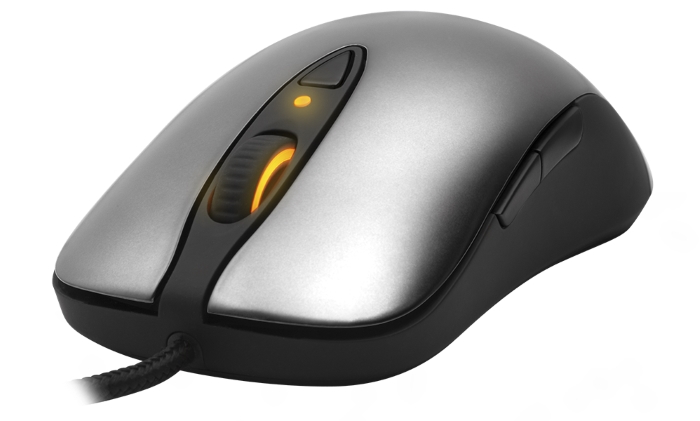
So, in SteelSeries Sensei, apart from strange (even for our times) technologies such as LED-displays, it has integrated 32-bit ARM processor, which was similar to the Intel CPU with 75 MHz frequency. Now it seems a little indication, however, five years ago, the fact of this appeared to be a breakthrough. Nevertheless, the question remains – why?
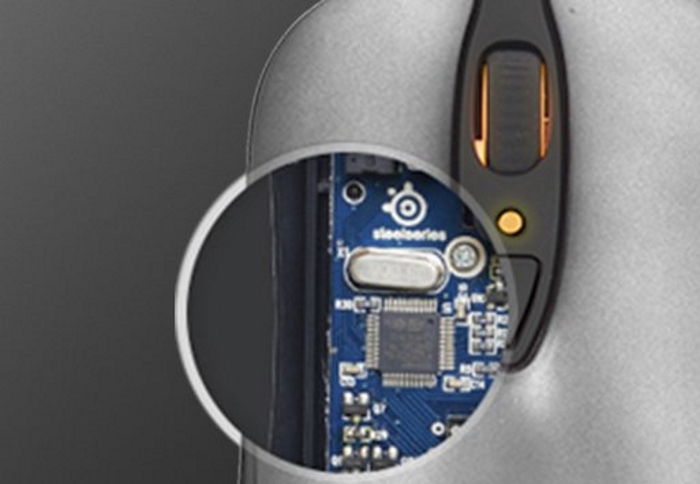
I found the answer. In press releases about the mouse it said that the processor allows Sensei to implement in three ExactTech technology – ExactSens, ExactAccel and ExactAim. The first was responsible for the most accurate CPI adjustment in the range of 1 to 5700. The second – to increase the speed of the pointer, in case you need to instantly react, turn around and met a scoundrel behind. The third – on the contrary, for the immediate reduction of the index rate for a sniper shooting.

Now all of this sounds a bit naive, because all gaming mice possess it. And all of started with Sensei! Well, it is now clear for what purpose are the processors in the mice, but are they so necessary? Is it not possible to implement all of these functions through software program companion, like the Logitech Gaming Software? I did not find the answer, but I have completely unprofessional, but possibly guess.
To realize this business can be, but it will increase the response time. Some time is needed for information about, for example, ExactAim turning on to reach the computer. Since the technology at that time were very imperfect, the response time could be dramatically large, and it was decided to process this information directly into the mouse, reducing the response to a tolerable minimum, while preserving all the useful features. I do not guarantee that I’m right, and if you know the answer – write it in the comments, and the rest will read and spread the truth on the Internet.
About processors – is clear. Now back to sensitivity, and that’s the question:
Why does gaming mouse has high CPI?
Wandering through many shops, I noticed that even the sellers have no idea why somewhere on the boxes the CPI is written, and somewhere – DPI. What is the difference between these two terms? I’m not going to talk about the principle of the optical sensor, how is CPI appearing and how it relates to the amount of light-sensitive elements – there is no need in this context.

DPI is more printing term, which means Dot Per Inch. When there was a need for the definition of “sensitivity” of the first pads, which were ball mice, this term was the best to use. In fact, it shows how many points (for example, pixels) on the screen pointer will fly over, if the mouse will be shifted on 1 inch in a certain direction.
CPI – the term for optical mice, and stands for Count Per Inch, that is even more abstract “count.” And count could be, for example, the pixels. There is another wonderful term – PPI, Pixel Per Inch. However, it is only used to describe the size of the pixels of the display (pixel density), and is not used for mice.
It should, however, distinguish between the terms “sensitivity” and “index the CPI”. Sensitivity is usually meant a special index in the cursor settings, which, in essence, is a modifier of CPI. If we mean gaming mouse, you can forget about it, but with office where Count Per Inch is fixed, it is the only way to adjust the pointer speed. Therefore, while roughly rounding and taking into account only gaming mouse, the CPI can be called sensitivity. Technically, it would be a mistake, but in any case you will be understood.
Now the answer to the question – why gaming mice have high CPI? Actually, it is not always needed. At least, not all pro-players need it. For example, shooters professional players play with extremely low CPI often, moving their hand on high distances like half a meter – and all it for incredibly high shooting precision.
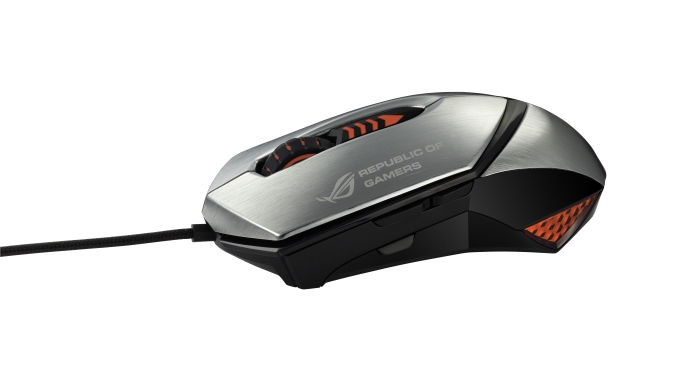
Herein lies the downside of high CPI – a significant reduction in accuracy. The more pixels per inch overcomes the cursor, the less inch need to make precise and small movement. In case of shooters, 2-3 pixels could decide wether headshot would be done, and with high CPI rate human hand just can’t move the mouse such exact that mouse will detect movement and slip in one pixel will not happen. On this greatly affects the quality of the mat, the quality of the moving cover of the mouse, the amount of coffee player has drunk and so on, but the point, I think, is clear.
My conclusion that the thing is in personal preference of each. If you get used to play with 8000 CPI – you will play good with such sensitivity. Wether you get used to play with 1200 CPI , like I did – you will play great with this CPI rate. In addition, with fast switching CPI and functions like ExactAccel/ExactAim high sensitivity will be available, even if the need for it will be once per day.
And the last question, short, but important:
What kind of microswitches could be in gaming mice?
To begin with we shall understand, what is microswitch. That is the button. Yes, this ominous sounding term – just a mouse button, it’s a device that clicks when you press on it. Another thing is that it is also full of problems.
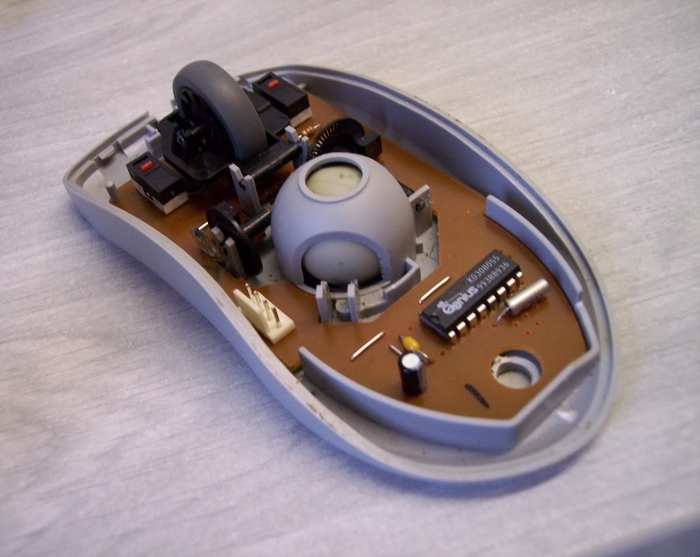
Remembering the days of computer clubs, I’ve often seen a situation where the office mouse à la A4tech were brought to the state of light disability, after many hours of DotA, in that time a custom map for WarCraft 3 TFT. Buttons on such mice were not working, and sometimes the reason was that microswitch worked his life and broke.
There could be a couple of thousands of clicks in one Dota-match, and Korean StartCraft masters can produce up to 200 actions per minute, including mouse actions!
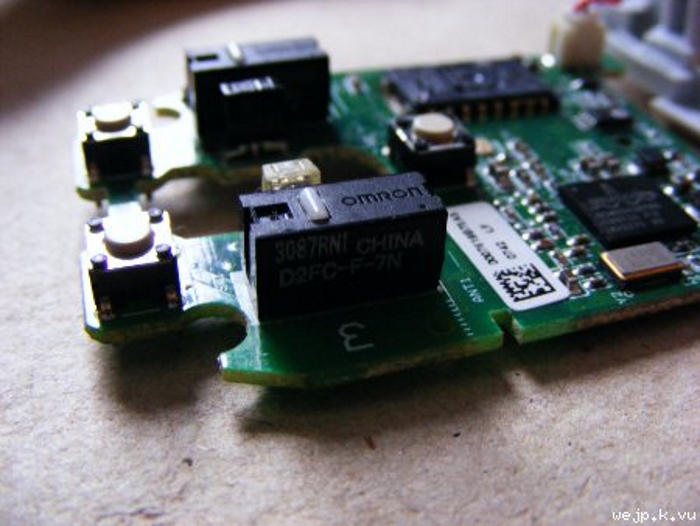
Of course, office mouse designed for a much smaller load. Therefore, switches inside are cheap. And in the gaming mouse – good gaming mouse! – are reliable, well-known microswitches from top companies. The most obvious example – the company Omronand its D2F. This company produces many similar elements, and is not limited to the gaming direction. However, each manufacturer of gaming mice will not fail to boast the presence of these switches in their product.
Microswitches by themselves are described by clicks lifecycle, which could be up to 10 millions of clicks in Omron’s switches, and also OF and RF. And reliability – not the most important factor when choosing a mouse, after all RF and OF are responsible for the convenience of its use.
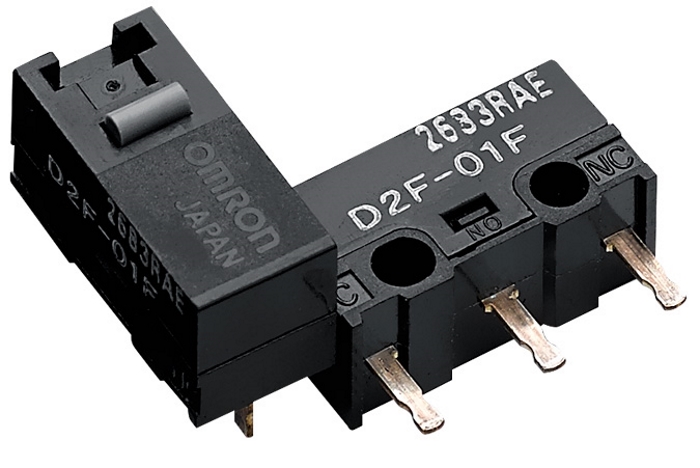
Now discard superfluous information. If you see the gaming mouse with microswitch/switch from Omron’s, then it is likely to be more reliable the other models, and will cost respectively. And to test the mouse in terms of pressing – how convenient to click on the keys – you need to check it, preferably on the test bench in any store. In addition, even if you’re 100% sure in the switches, the trouble can come from cable or sensor. So it would be nice to listen to the advice of smart people before purchase – be sure to read reviews about the product!
This is the end of first part of RN FAQ. If you, dear reader, more qualified in any of questions were asked, write the answer in comments, give a piece of advice for others about what I didn’t mention.


i think failed to understand that when you try to connect via bluetooth and click the button down for 5 seconds to get the blue light to flash, makes your mouse NON FUNCTIONAL so please don’t then ask the reader to go to their settings without advising them they better hook up a wired mouse to navigate anywhere after disabling their g604 with the flashing blue light trying to pair and it doesn’t pair because thats not how this works. Go back, research and rewrite this section please